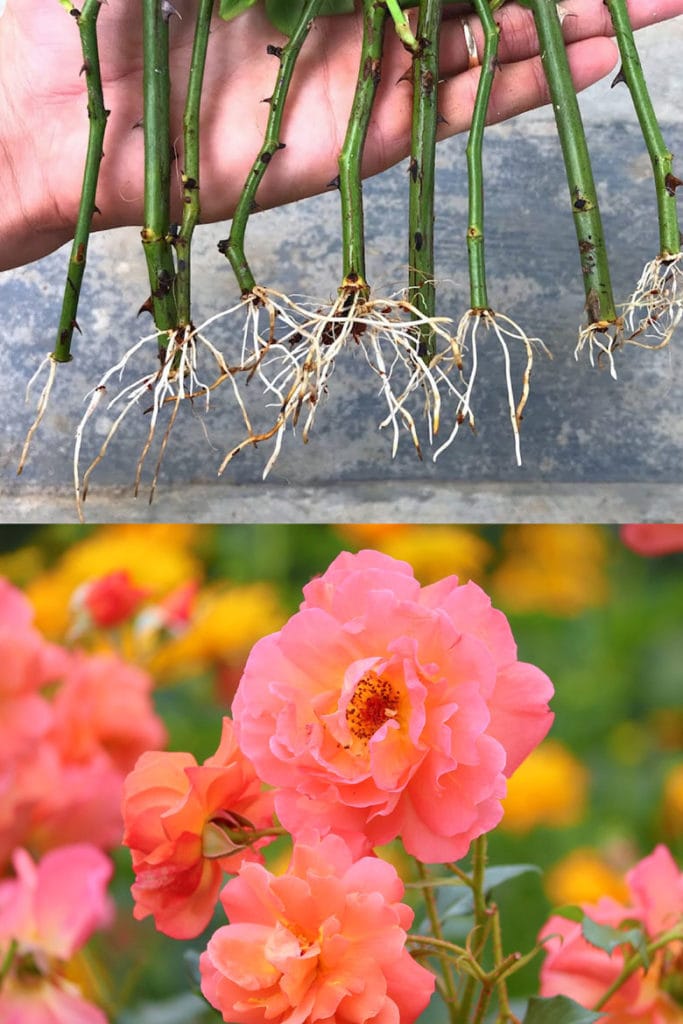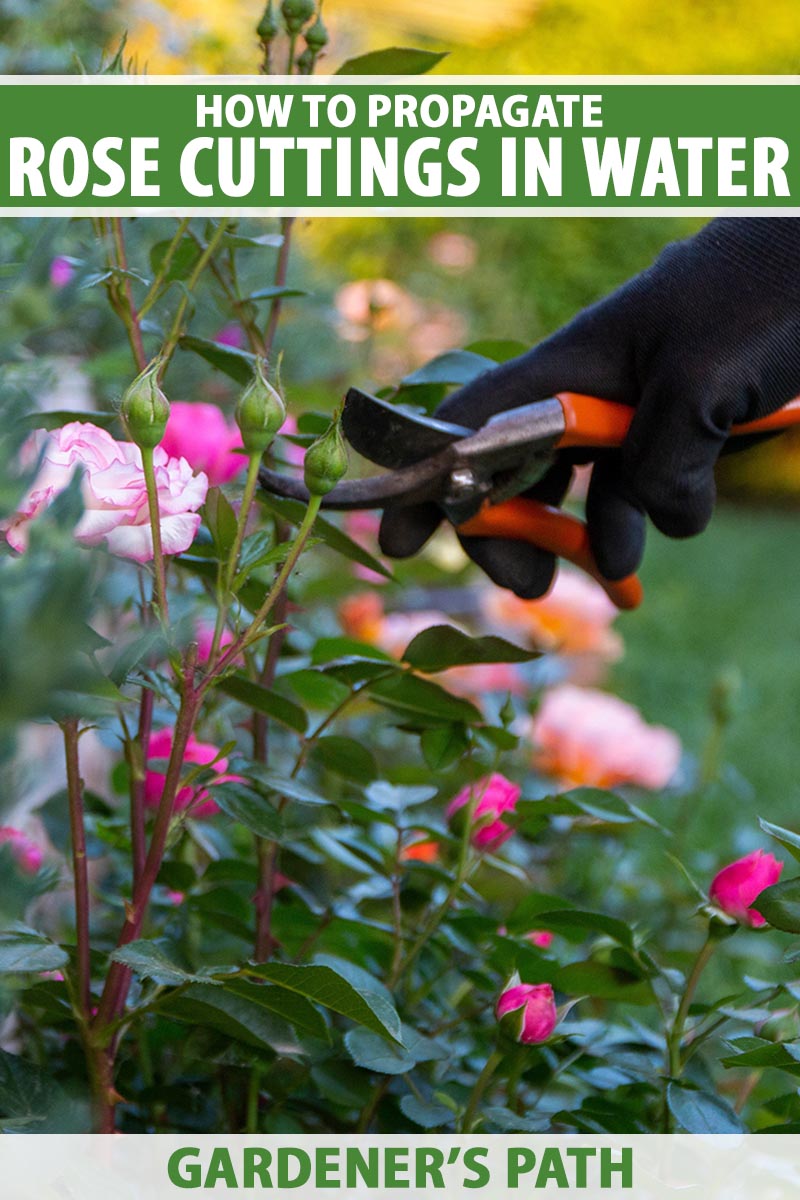Unlocking the Secrets of Successful Rose Cuttings
Propagating roses from cuttings is a simple and effective way to increase plant stock, share favorite varieties with friends and family, and even create new rose hybrids. By learning how to take cuttings from a rose, gardeners can enjoy an abundance of beautiful blooms in their gardens. This propagation method involves taking a section of stem from a mature rose plant and rooting it to create a new plant. With the right techniques and conditions, rose cuttings can thrive and produce stunning flowers. In fact, taking cuttings from a rose is a great way to preserve the genetic material of a particular variety, ensuring that its unique characteristics are passed on to future generations. Whether you’re a seasoned gardener or just starting out, learning how to take cuttings from a rose can be a rewarding and enjoyable experience.
Choosing the Right Rose Variety for Cuttings
When it comes to taking cuttings from a rose, selecting the right variety is crucial for success. Different types of roses have varying levels of difficulty when it comes to rooting, and some may be more suitable for cuttings than others. Hybrid tea and floribunda roses, for example, are popular choices for cuttings due to their vigorous growth habits and high rooting success rates. Shrub roses, on the other hand, can be more challenging to root, but still offer great opportunities for propagation. When choosing a rose variety for cuttings, consider factors such as disease resistance, growth habit, and flower type. Look for varieties that are known to be easy to root and have a high success rate. Additionally, consider the mature size of the plant and the space available in your garden. By selecting the right rose variety, you can increase your chances of success when taking cuttings and enjoy a bountiful harvest of beautiful blooms.
Preparing the Perfect Cutting: Timing and Tools
The timing of taking rose cuttings is crucial for success. The ideal time to take cuttings is during the late spring to early summer, when the plant is actively growing and producing new stems. This is usually around 6-8 weeks after the last frost. The temperature should be around 65-75°F (18-24°C), and the humidity should be moderate. Avoid taking cuttings during extreme weather conditions, such as intense heat or cold. In addition to the right timing, having the right tools is essential for taking successful rose cuttings. You will need a pair of sharp, clean pruning shears, a pot or container with a well-draining mix, and a rooting hormone. The pruning shears should be disinfected with a solution of 1 part bleach to 9 parts water to prevent the spread of disease. The pot or container should be at least 6-8 inches deep to allow for adequate root growth. The rooting hormone will help stimulate root growth and increase the chances of successful rooting.
Step-by-Step Instructions for Taking Rose Cuttings
Now that you have selected the right rose variety and prepared the necessary tools, it’s time to take the cuttings. Here’s a step-by-step guide on how to take rose cuttings:
Step 1: Cut a stem section from the current season’s growth, about 6-8 inches long. Make the cut just above a bud eye, using a 45-degree angle cut. This will help the cutting to absorb water and nutrients more easily.
Step 2: Remove the lower leaves from the cutting, leaving only two or three sets of leaves at the top. This will help to prevent the cutting from drying out and reduce the risk of disease.
Step 3: Prepare the cutting for rooting by dipping the cut end into a rooting hormone powder or liquid. This will help to stimulate root growth and increase the chances of successful rooting.
Step 4: Plant the cutting in a pot or container filled with a well-draining mix, such as a mix of peat moss and perlite. Water the cutting gently but thoroughly, and make sure the soil is moist but not waterlogged.
Step 5: Place the pot or container in a warm, bright location, but not in direct sunlight. The ideal temperature for rooting rose cuttings is between 65-75°F (18-24°C).
By following these steps, you can increase your chances of success when taking rose cuttings. Remember to be patient, as rooting can take several weeks to several months. With proper care and attention, your rose cuttings should develop into healthy, thriving plants.
Rooting Rose Cuttings: Techniques and Tips
Once you have taken your rose cuttings, it’s time to focus on rooting them. Rooting is a critical step in the propagation process, and there are several techniques you can use to increase your chances of success. One of the most effective methods is to use a rooting hormone, which can be applied to the cut end of the stem. This will help to stimulate root growth and increase the chances of successful rooting.
Another technique is to plant the cutting in a pot or container filled with a well-draining mix, such as a mix of peat moss and perlite. This will help to prevent the cutting from drying out and reduce the risk of disease. You can also use a propagation tray, which is a specialized tray designed specifically for rooting cuttings. These trays typically have a clear plastic lid that helps to maintain humidity and promote root growth.
In addition to these techniques, there are several tips you can follow to increase your chances of successful rooting. One of the most important is to make sure the cutting is planted at the correct depth. The node, or the joint where the leaf meets the stem, should be buried in the soil, while the internode, or the section of stem between the nodes, should be above the soil. This will help to promote root growth and increase the chances of successful rooting.
Another tip is to provide the cutting with adequate moisture and humidity. This can be achieved by covering the pot or container with a clear plastic bag or a cloche, which will help to maintain humidity and promote root growth. You should also make sure the soil is consistently moist but not waterlogged, as this can lead to root rot and other problems.
By following these techniques and tips, you can increase your chances of successful rooting and enjoy a bountiful harvest of beautiful roses.
Caring for Rose Cuttings: Watering, Lighting, and Temperature
Once you have taken your rose cuttings and planted them in a pot or propagation tray, it’s essential to provide them with the right conditions to promote healthy growth and rooting. Watering, lighting, and temperature are critical factors to consider when caring for rose cuttings.
Watering is one of the most critical aspects of caring for rose cuttings. The soil should be kept consistently moist but not waterlogged, as this can lead to root rot and other problems. Check the soil daily, and water only when the top inch of soil feels dry to the touch. Avoid getting water on the leaves or crown of the plant, as this can cause fungal diseases to develop.
Lighting is also essential for healthy growth and rooting. Rose cuttings prefer bright, indirect light, but not direct sunlight, which can cause the leaves to become scorched. East- or west-facing windows are ideal for rose cuttings, as they provide gentle, indirect light. Avoid placing rose cuttings in areas with low light, as this can lead to weak and spindly growth.
Temperature is another critical factor to consider when caring for rose cuttings. Most rose varieties prefer daytime temperatures between 65-75°F (18-24°C) and nighttime temperatures around 55-65°F (13-18°C). Avoid placing rose cuttings in areas with extreme temperatures, as this can cause stress and reduce the chances of successful rooting.
By providing your rose cuttings with the right watering, lighting, and temperature conditions, you can promote healthy growth and increase the chances of successful rooting. Remember to monitor your cuttings regularly and adjust their care accordingly to ensure optimal results.
Common Challenges and Solutions when Taking Rose Cuttings
While taking rose cuttings can be a rewarding experience, there are some common challenges that may arise. One of the most common issues is poor rooting, which can be caused by a variety of factors, including inadequate light, temperature fluctuations, or insufficient watering. To overcome this challenge, make sure to provide your rose cuttings with the right conditions, including bright, indirect light, consistent temperatures, and adequate watering.
Another common issue is disease, which can be caused by fungal or bacterial infections. To prevent disease, make sure to use clean and sterile tools when taking cuttings, and avoid getting water on the leaves or crown of the plant. If you do notice any signs of disease, such as yellowing leaves or black spots, remove the affected areas immediately and treat the plant with a fungicide.
Pests can also be a problem when taking rose cuttings, particularly aphids, whiteflies, and spider mites. To prevent pest infestations, make sure to inspect your plants regularly and remove any affected areas. You can also use insecticidal soap or neem oil to control pest populations.
Finally, some rose varieties may be more difficult to root than others. If you’re having trouble getting your rose cuttings to root, try using a rooting hormone or adjusting the conditions to better suit the specific needs of your rose variety.
By being aware of these common challenges and taking steps to prevent them, you can increase your chances of success when taking rose cuttings. With a little patience and practice, you’ll be enjoying your new rose plants in no time.
Conclusion: Enjoy Your New Rose Plants
With these simple steps and tips, you’re now ready to start taking rose cuttings and enjoying the many benefits of rose propagation. Whether you’re a seasoned gardener or just starting out, taking rose cuttings is a fun and rewarding experience that can help you increase your plant stock, share favorite varieties with friends and family, and experiment with new and exciting rose varieties.
Remember to be patient and don’t be discouraged if not all of your cuttings take root. With a little practice and persistence, you’ll be enjoying your new rose plants in no time. And don’t forget to experiment with different rose varieties and propagation techniques to find what works best for you.
By following the steps outlined in this article, you’ll be well on your way to becoming a rose propagation expert and enjoying the many rewards of growing your own roses. So why not give it a try? Take a few cuttings from your favorite rose plant and see what happens. You might be surprised at just how easy it is to propagate roses and enjoy the many benefits of these beautiful and fragrant flowers.









